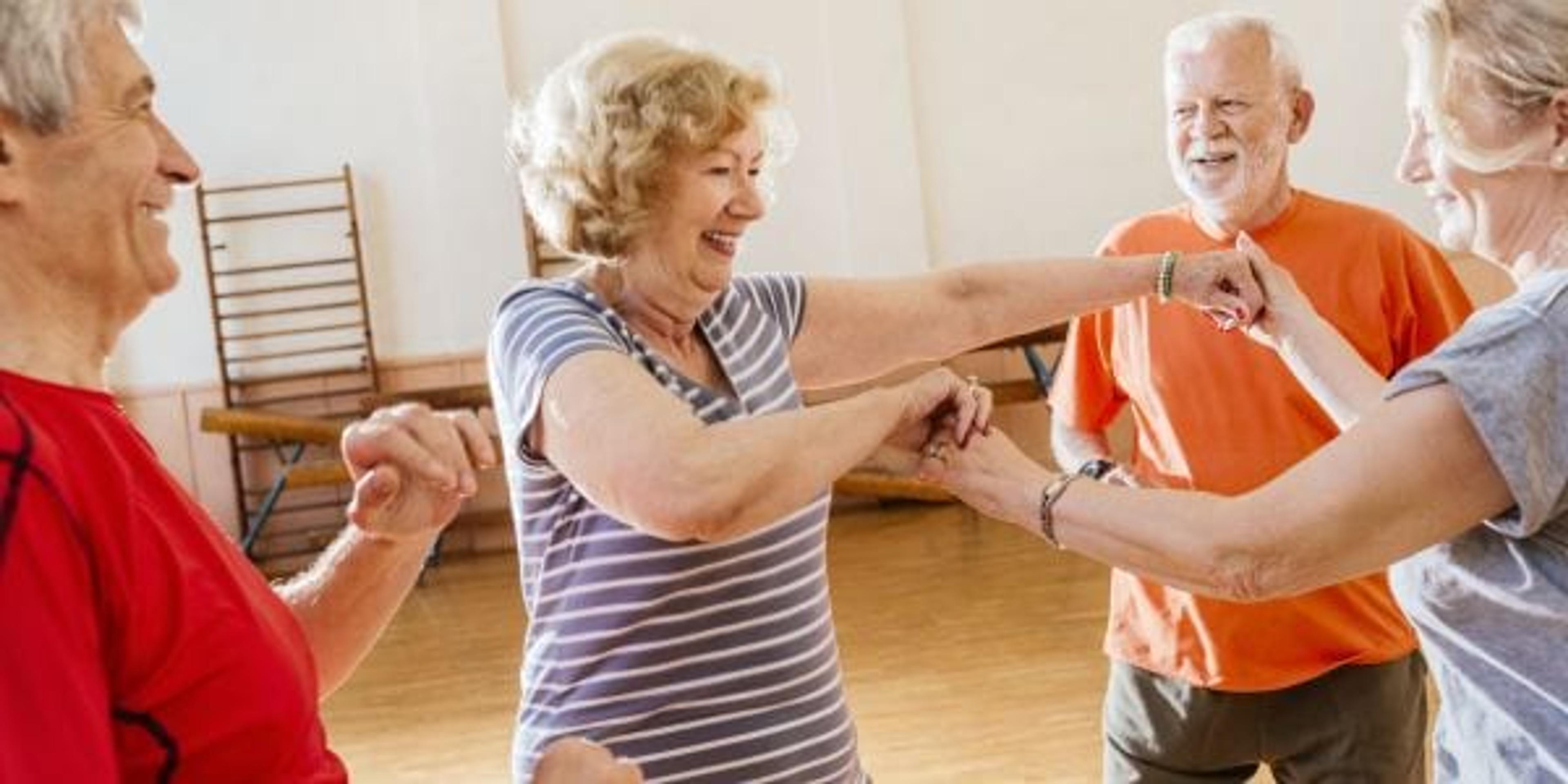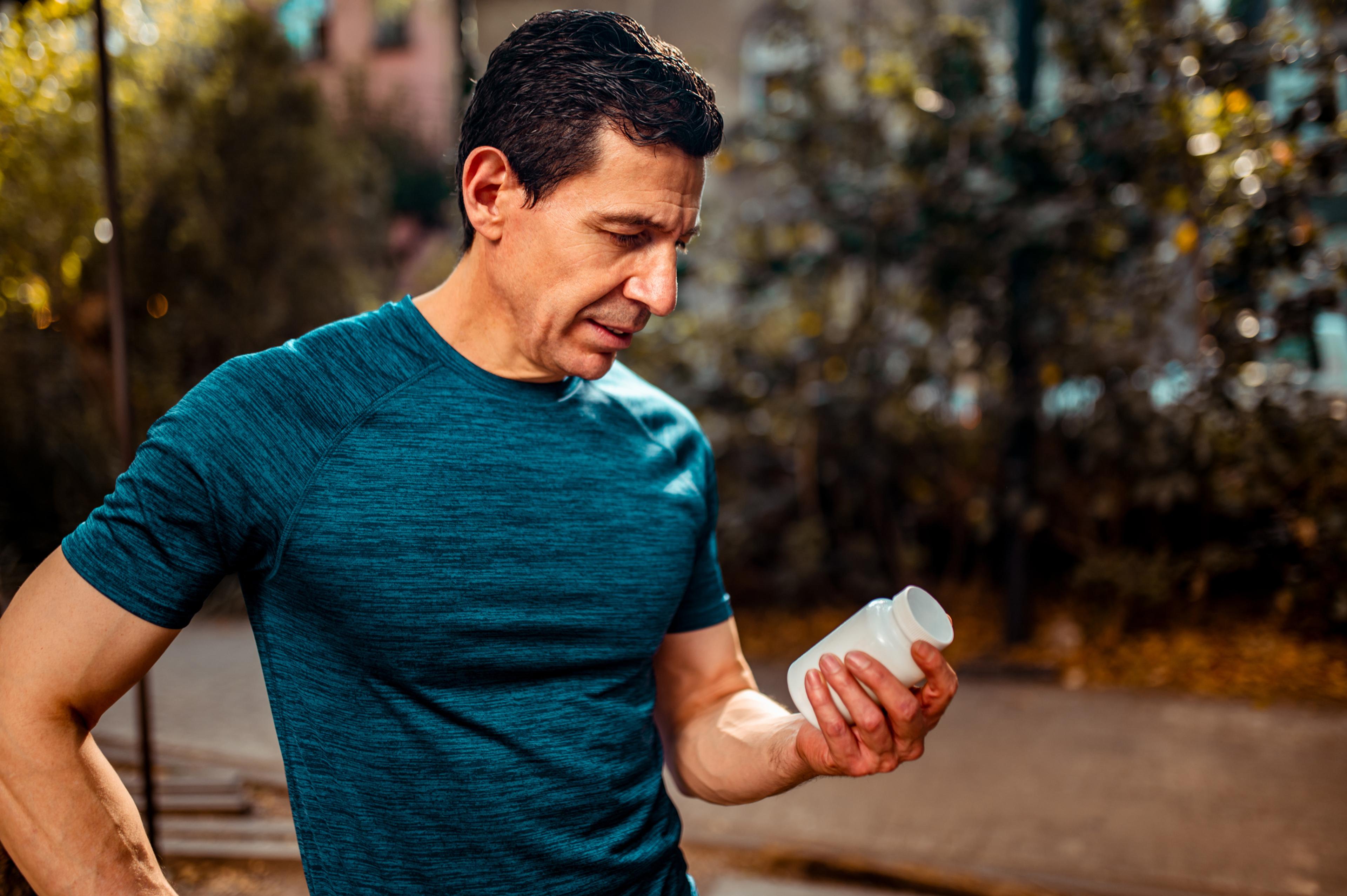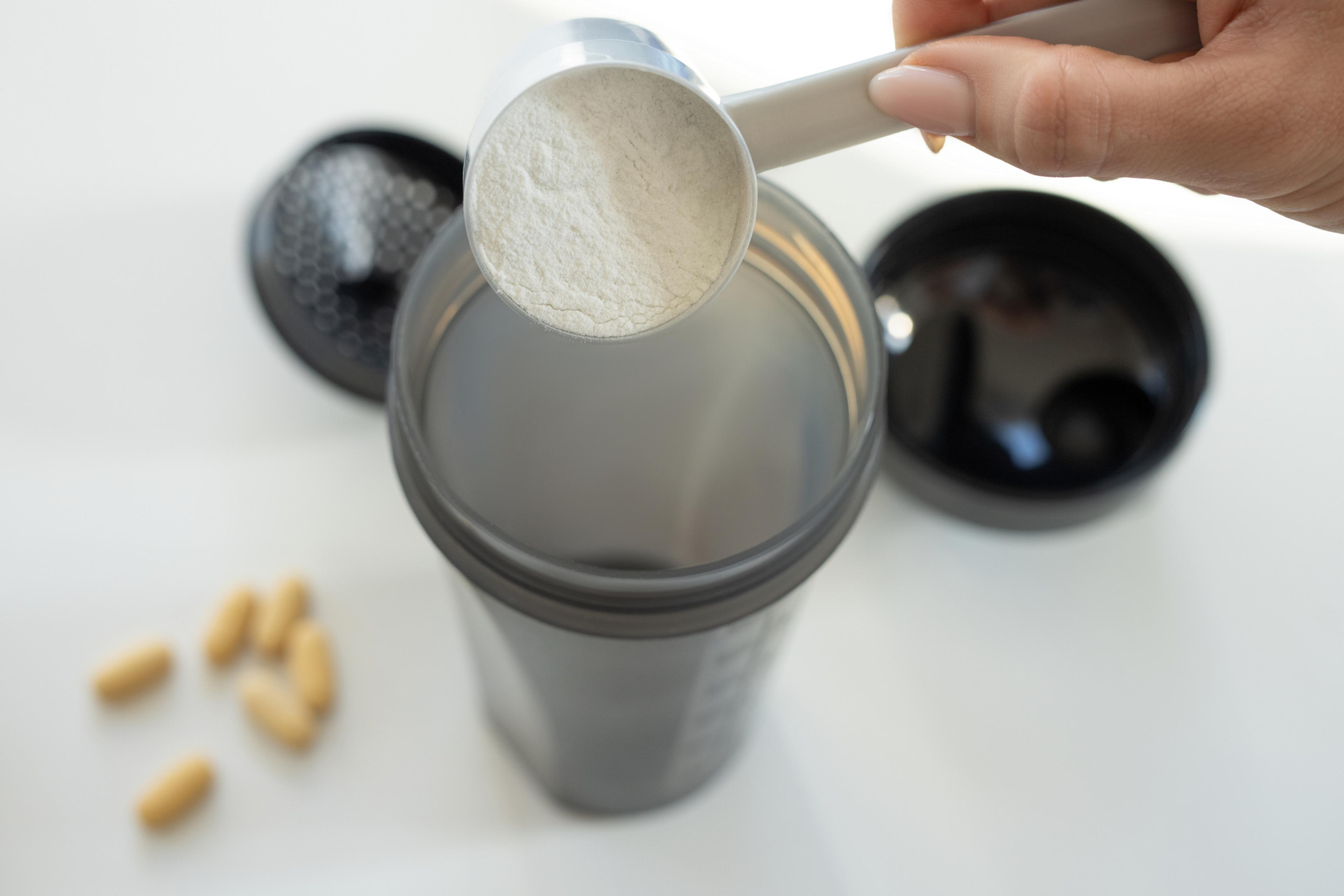Working Out Effective for Reducing Parkinson’s Symptoms

Jillian Berndtson
| 2 min read

Parkinson’s disease affects nearly 10 million people worldwide.
The neurodegenerative disorder targets the area of the brain that produces dopamine—a chemical that helps regulate movement by carrying messages between the brain and the rest of the body. Symptoms typically don’t show until 40 to 60 percent of dopamine is lost.
Parkinson’s affects the area of the brain that controls movement, leading to rigid muscles and difficulty balancing, among other problems. While there is no cure for Parkinson’s disease, there are ways to help manage symptoms, such as exercise.
Research shows that exercise may have a neuroprotective effect, meaning it can protect from neuron degeneration. This helps to slow the progress of Parkinson’s disease and also aids in symptom management. Exercise does not increase the amount of dopamine or neurons in the brain, but it does help use them more efficiently.
Exercise can be beneficial both mentally and physically for Parkinson’s patients. Any amount of exercise is beneficial, however, regular exercise will result in the greatest improvement in balance and gait speed as well as overall quality of life. A study conducted by the Parkinson’s Outcome Project found that Parkinson’s patients who exercised at least two and a half hours each week experienced stronger quality of life compared to those who didn’t.
For improved walking and coordination, experts recommend exercise that is intense, specific, complex and difficult. Water exercise is a good option for most because it requires less balance and is easier on joints. Yoga has also been found to be beneficial. There are many classes designed specifically for people with Parkinson’s disease, such as Rock Steady Boxing.
Before beginning any new workout regimen, you should always check with your doctor to discuss which class or program would work best for you.
While you can’t change the diagnosis, you can change the course and impact of it, by choosing to fight it.
You may also like:
Photo credit: DaniloAndjus





